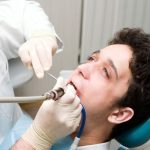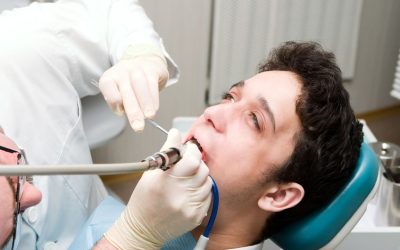When you hear someone mention “tongue tied” most people immediately think of someone who is struggling to get some words out or is found to be at a loss for words. Certainly it can be this but in reality problems with tongue tie breastfeeding in Orange Park is a condition with implications for the breastfed baby and the mother.
The tongue is considered to have two parts, the posterior is the part of the tongue in the rear of the mouth and the anterior is the part of the tongue that moves. Tongue tie results when the tissue that connects the tongue to the base of the mouth is too short, this causes restricted tongue movement. The condition is considered as being hereditary and is present at birth. The incidence of tongue tie is quite high; it is thought that as many as two percent of babies are born this way.
Tongue tie can make it difficult to form certain sounds, especially the “th” sound. It is not just speech that will be affected, it will be hard for the tongue tied person to lick an ice cream cone, play any kind of wind instrument or even stick out the tongue. These potential impairments might not mean much to a new mother but someday they will. Those with serious tongue tie may also experience dental developmental issues as well such as a gap between the lower teeth.
What is of immediate importance is the problems associated with tongue tie breastfeeding in Orange Park. When a baby is attempting to feed from the breast his or her tongue must cup the nipple and draw it into the mouth, to do this requires the proper functioning of the tongue. If the baby’s tongue cannot extend out over the lower gum the nipple may end up being compressed between the gums which of course results in soreness and perhaps even damage to the nipple.
If it is found that that the baby is tongue tied and this is resulting in breastfeeding difficulties there is a simple solution that can be done in a matter of seconds by a pediatric dentist or pediatrician. The dentist simply clips the tie and instantly the tongue will have full motion. As the tie contains very little blood, when it is cut there is perhaps only one or two drops of blood. There is no need for sutures or anesthesia, once the tie is cut the baby goes immediately on the breast and what little bleeding there is stops instantly.








